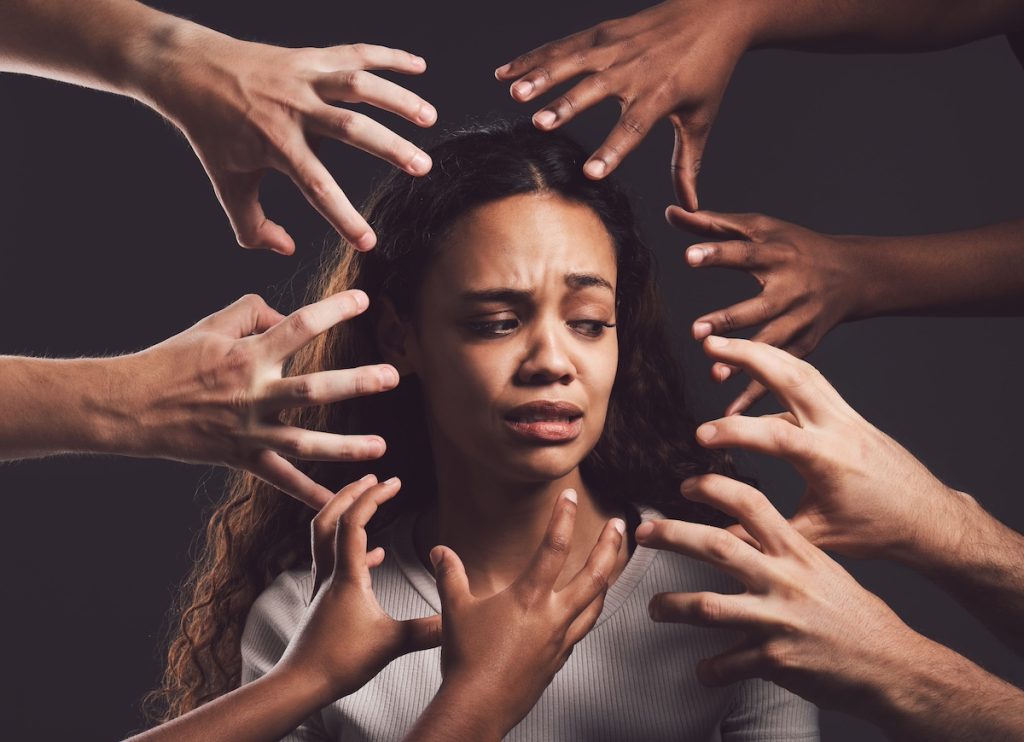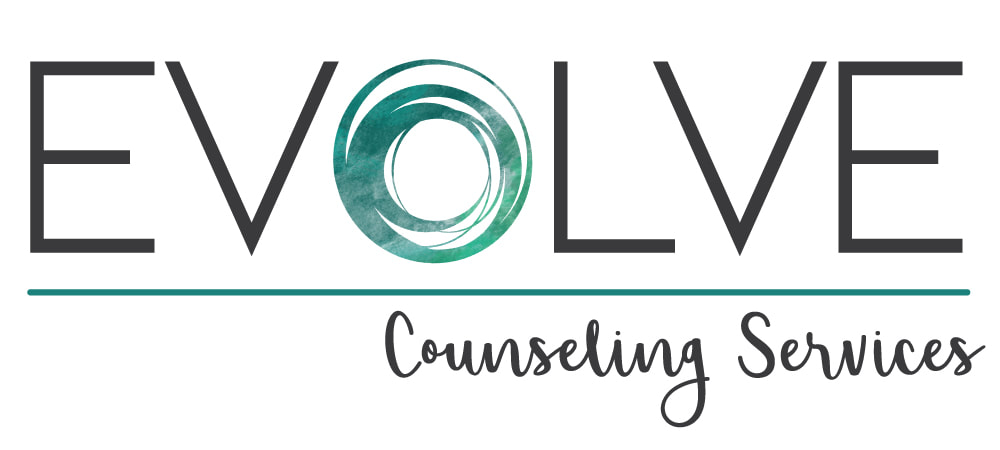
How to Recognize if You’re Suffering from Body Dysmorphia Disorder
August 12, 2024
How to Deal with Postpartum Anxiety: A Comprehensive Guide
August 20, 2024Body Dysmorphia Disorder (BDD) is a term that has gained significant attention in recent years. However, many people still wonder, “Is body dysmorphia a mental illness?” and “Is body dysmorphia an eating disorder?”
This blog will clarify what body dysmorphia disorder is and how it is classified within the field of mental health.

What Is Body Dysmorphia Disorder?
Body Dysmorphia Disorder (BDD) is a mental health condition characterized by an obsessive focus on perceived flaws or defects in one’s appearance. These perceived imperfections are often unnoticeable to others but cause significant distress and impairment in daily functioning for the person affected.
Key Features of BDD
- Obsessive Preoccupation: Individuals with BDD spend hours each day thinking about their perceived flaws.
- Compulsive Behaviors: These can include mirror checking, excessive grooming, skin picking, and seeking reassurance about their appearance.
- Avoidance: People with BDD may avoid social situations, public places, or even looking at themselves in mirrors.
- Emotional Distress: BDD often leads to severe anxiety, depression, and a decreased quality of life.
Is Body Dysmorphia a Mental Illness?
Yes, body dysmorphia is classified as a mental illness. Specifically, it is categorized under obsessive-compulsive and related disorders in the Diagnostic and Statistical Manual of Mental Disorders, Fifth Edition (DSM-5). The classification recognizes the obsessive nature of the condition. Individuals with BDD experience persistent and intrusive thoughts about their appearance, similar to the obsessions seen in obsessive-compulsive disorder (OCD).
Diagnostic Criteria for BDD
According to the DSM-5, the diagnostic criteria for BDD include:
- Preoccupation with one or more perceived defects or flaws in physical appearance that are not observable or slight to others.
- Repetitive behaviors (e.g., mirror checking, excessive grooming) or mental acts (e.g., comparing appearance with others) may be used in response to appearance concerns.
- The preoccupation causes significant distress or impairment in social, occupational, or other areas of functioning.
- The appearance preoccupation is not better explained by concerns with body fat or weight in an individual whose symptoms meet diagnostic criteria for an eating disorder.
Is Body Dysmorphia an Eating Disorder?
While body dysmorphia and eating disorders share some similarities, they are distinct conditions. Confusion often arises because both disorders involve body image issues and can lead to behaviors aimed at altering one’s appearance. However, the core focus and underlying motivations differ between the two.
Differences Between BDD and Eating Disorders
- Core Focus: In BDD, the primary focus is on specific perceived physical flaws, such as skin imperfections, hair, nose shape, or other body parts. In eating disorders, the primary focus is typically on weight, body shape, and eating behaviors.
- Behaviors: BDD behaviors often involve repetitive checking, grooming, or seeking reassurance about perceived flaws. In contrast, eating disorders include behaviors related to food intake, such as restrictive eating, binge eating, and purging.
- Motivations: Individuals with BDD are driven by a need to fix or hide specific perceived defects. In contrast, individuals with eating disorders are often motivated by a desire to control their weight and shape.
Treatment and Management of BDD
Given that BDD is a recognized mental illness, treatment typically involves approaches similar to those used for other mental health disorders, particularly those within the obsessive-compulsive spectrum.
Cognitive-behavioral therapy (CBT)
CBT is considered the most effective treatment for BDD. This therapy helps individuals identify and challenge distorted thoughts about their appearance and develop healthier coping strategies.
Medication
Selective serotonin reuptake inhibitors (SSRIs), a type of antidepressant, are often prescribed to help manage the obsessive thoughts and compulsive behaviors associated with BDD.
Support Groups
Joining a support group can provide individuals with BDD with a sense of community, understanding, and practical advice on managing the condition.
Is Body Dysmorphia a Mental Illness?
In summary, body dysmorphia disorder (BDD) is indeed classified as a mental illness. It is categorized under obsessive-compulsive and related disorders in the DSM-5, highlighting its nature as an obsession with perceived physical flaws. While it shares some similarities with eating disorders, such as concerns about appearance, it is a distinct condition with its own diagnostic criteria and treatment approaches.
Understanding what body dysmorphia disorder is and recognizing it as a mental illness is crucial for seeking appropriate help and support. If you or someone you know is struggling with BDD, consult with a mental health professional today.
____________________________________________________________________________
Looking for treatment for an eating disorder, anxiety, depression, trauma, or postpartum mood disorder?
Evolve Counseling Services is a specialized team of Licensed Therapists providing treatment in Paoli



